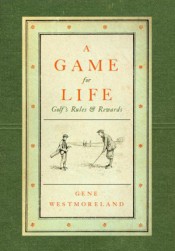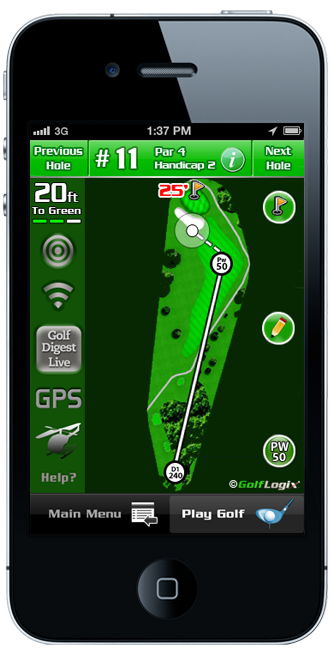 |
| Photo courtesy of PGA Tour |
Nicklaus has been an important advocate for growing the game and he envisions that with SNAG’s programming and modified equipment, and the active participation of local park and recreation agencies through the National Recreation and Park Association, golf at last will have a competitive footing with such team sports as soccer, basketball and football.
“There are so many sports—team sports—played in the park system today,” Nicklaus said. “Today, kids start playing athletics when they are as young as 4 or 5 years old, and by the time they are just 7, 8 or 9 years old, many of them have picked the two or three sports that they might want to play in the different seasons. If golf is not part of the sports introduced and available to them at their local park and recreation facilities, they will play other sports and not golf. So we need to get golf in their local parks and have them play our sport, and I think the team concept is the way to do it.
“Children seem to embrace the team concept of looking to and relying on other children, so it is not all on their shoulders. A lot of kids shy away from golf because of that. When I picked up the game at age 10, one of the beauties of the sport was that I could do it by myself. I didn’t need someone to throw a ball to me or catch a ball or defend me. I could be as good as the time and effort that I wanted to put into it. But at the very young age many children are introduced to sports, many don’t want so much placed on their shoulders. The idea is to bring kids into the game, keep them into the game, have them learn, let them have fun, have fun with their friends, and then they can advance to the next level where they get on a golf course and develop.”
Some 300 Jack Nicklaus Learning Leagues are planned for spring 2013 and an estimated 400 are projected to launch in 2014.
Terry Anton, founder and CEO of SNAG Golf, is enthusiastic about the leadership position of Jack Nicklaus in the establishment of the Jack Nicklaus Learning Leagues.
“Jack Nicklaus’ vision to bring golf to the same venues where other organized sports thrive will make it easier to develop our future golfers,” Anton said. “These leagues will introduce millions of new players to the sport and will help nurture children developing their motor skills and do it in a fun way. SNAG is honored to have been selected to participate with history’s greatest golfer and the NRPA in the Jack Nicklaus Learning Leagues. Our task is to make his vision a reality by implementing SNAG’s programming in the parks and directing this feeder system into all on-course golf programs. This is an important stepping stone for the industry to capture interest in golf early so that youngsters will transition with confidence to play with actual golf equipment on a traditional course. The more fun we make golf for children, the more chance they have to play the game for a lifetime.”
 |
| Photo courtesy of SNAG |
“Local parks and recreation are the go-to places where children can learn to play sports and develop a connection to healthy activities,” says Barbara Tulipane, president and CEO of the National Recreation and Park Association. “We are so proud to be bringing the Jack Nicklaus Learning Leagues and SNAG to park and recreation agencies across the country, because not only is it a great program but it means more children will have the chance to participate in the sport of golf in a fun and unique way and develop a connection to a healthy activity that will last them a lifetime.”
The NRPA will administer grants to park and recreation facilities across the U.S. to underwrite the costs associated with providing Jack Nicklaus Learning Leagues equipment, coaching and programming. A 501©3 entity, G.O.L.F. (the Global Outreach for Learning Foundation), has been established to raise the necessary funds. G.O.L.F.’s mission is to help people develop golf skills and have fun through developmentally appropriate programs. The goal is to ensure retention and provide a sustainable model for transition to other programs at golf facilities, in order to increase participation for current and future generations. (For information on G.O.L.F. visit www.snaggolf.com/jnll.html.)
The Jack Nicklaus Learning Leagues will be separated by age groups: 5- and 6-year-olds; 7-8;
9-10; and 11-12. Each league will have a set number of children per team and incorporate a specialized, age-appropriate format and learning curriculum.
The Jack Nicklaus Learning Leagues ultimately will be a global philanthropic endeavor to bring the sport to countries that are embracing the game as part of the Olympic movement. For further information about the Jack Nicklaus Learning Leagues, powered by SNAG, call (866) 946-5092 or e-mail jnll@snaggolf.com. For information about the grant program for park and recreation agencies visit www.nrpa.org/snag.
Among many other books, Dave Donelson is the author of Weird Golf: 18 tales of fantastic, horrific, scientifically impossible, and morally reprehensible golf
























